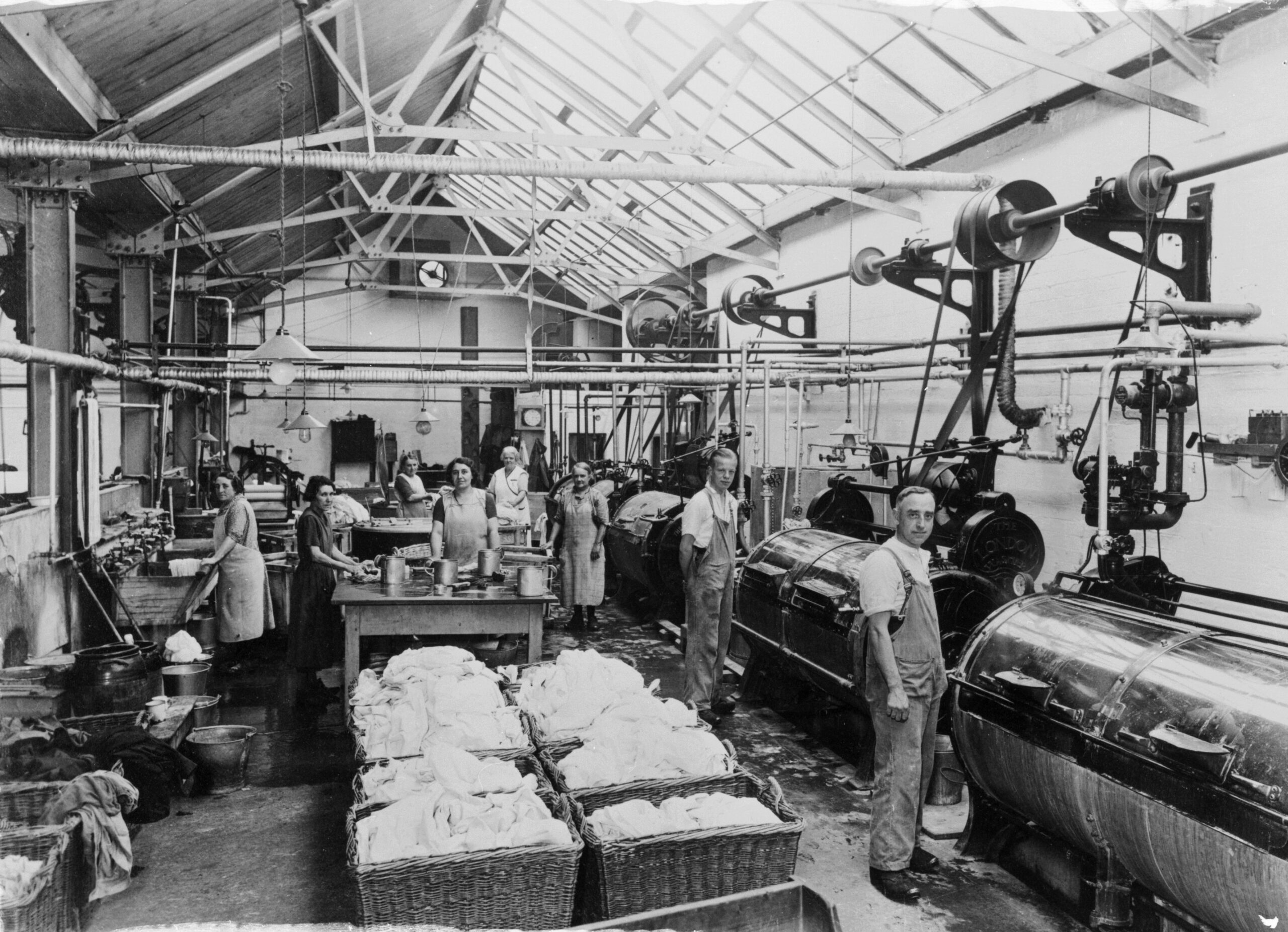
The dawn of industrialization marked a profound shift in how goods were produced and societies operated. Among the many innovations that shaped early American industry, few can be credited with playing a pivotal role, such as the Sim Corder and Harrison Mill. This article delves into the history, significance, and legacy of these essential contributions to American industry.
Early Beginnings: The Rise of American Industry
By the late 18th century, the American economy shifted from agrarian to industrial. This transition was not instantaneous. It occurred over decades, with innovations in manufacturing and the rise of mills playing an essential role. Water-powered mills were a cornerstone of the early industrial landscape, enabling the mechanized production of goods such as flour, textiles, and lumber.
Establishing the Sim Corder Mill in a strategic area marked a significant moment in this transformation. The mill used waterpower to process raw materials efficiently, spreading its influence throughout the region. The technology and methods employed at Corder Mill would inspire later developments, including those at Harrison Mill, which further advanced industrial production techniques in the United States.
The Mechanics of Sim Corder Mill
The Sim Corder Mill was one of the early mills to employ a water wheel for mechanical power. This technology was key to turning raw materials into finished products. Before the advent of steam power, water wheels provided the necessary force to run machinery. This included grinding grain, sawing timber, and even early textile manufacturing.
The water-powered systems were relatively simple but highly efficient. A wheel was positioned in a water source like a river or creek, and as water flowed, it turned the wheel, which in turn powered machinery inside the mill. This allowed for more incredible speed, precision, and scale than manual labor or animal power. At the Sim Corder Mill, such methods reflected the growing industrial power and a key driver of the economy in the surrounding area.
Harrison Mill: Expansion and Innovation
In the mid-19th century, the Harrison Mill emerged as a direct successor to earlier mills like Sim Corder. While Corder Mill was a foundation, the Harrison Mill advanced industrial techniques by incorporating more modern equipment and operational strategies. The Harrison Mill was part of a broader trend of technological innovation that powered America’s industrial revolution.
The mills began using steam power as an alternative or complement to water power. This allowed for more flexibility, as the mills no longer had to be situated along rivers or streams. Harrison Mill incorporated a steam engine that enabled the mill to operate continuously, regardless of water availability. This innovation in mill technology furthered industrial growth by allowing for consistent and efficient production.
While Sim Corder had already demonstrated the potential of mechanized labor, Harrison Mill’s advancements ensured that the industrial movement would continue to grow. The scale of operations at Harrison Mill also required a larger workforce, which had significant social and economic implications for the local community.
Social and Economic Impact
Both Sim Corder and Harrison Mill played central roles in the social and economic development of the surrounding region. As mills became more prominent, they encouraged the development of a manufacturing workforce, which became crucial to the American economy. These mills attracted workers from rural areas, providing jobs and stimulating local economies. The growth of mills also led to the creation of towns and infrastructure to support the labor force.
However, the mills also contributed to the consolidation of power by industrialists and entrepreneurs. Families and individuals who owned these mills became influential players in local and national economies. These families sometimes built vast industrial empires, capitalizing on water and steam power efficiencies.
As the mills grew, so did the complexity of their operations. Sim Corder’s establishment began a wave of technological innovations, but the expansion seen in mills like Harrison’s would reshape entire industries. This shift in power dynamics also contributed to growing urbanization, with people increasingly migrating to mill towns in search of work and opportunities.
Legacy and Historical Significance
The significance of Sim Corder and Harrison Mill lies not only in their immediate contributions to industry but also in their long-lasting legacy. The mills helped define the early American industrial landscape, serving as benchmarks for technological progress. Their influence can still be seen today in modern industries that owe their existence to the early adoption of mechanized power.
The mills represented the promise of innovation. The Sim Corder Mill demonstrated the potential of harnessing natural resources for manufacturing, while the Harrison Mill exemplified the growth of technology in response to industrial needs. The development and expansion of both mills created a blueprint for future industrialists and engineers. In many ways, they were the stepping stones that led to the rise of major industrial centers across the United States.
Furthermore, the story of these mills highlights the critical role of water and steam in the growth of early industry. The reliance on natural forces—first water, then steam—shaped the mills’ operations and the broader industrial environment. This reliance on these energy sources would set the stage for future innovations to fuel even more significant industrial expansion.
The Turning Wheels of Progress
The Sim Corder and Harrison Mills may seem like humble relics of early American industry, but their impact cannot be overstated. They represent more than just the mechanics of milling—they are symbols of the broader transformation that took place during the Industrial Revolution.
From the water-powered ingenuity of the Sim Corder Mill to the steam-powered innovation of the Harrison Mill, these mills helped propel America into an era of unprecedented industrial growth. Their legacy is felt in the modern industries that continue to drive the global economy, proving that the turning wheels of history often begin with the simplest yet most transformative ideas.
The mills helped shape early industry and changed the course of American social and economic development. Ultimately, the mills are more than just historical landmarks; they are the foundations upon which modern industry was built.